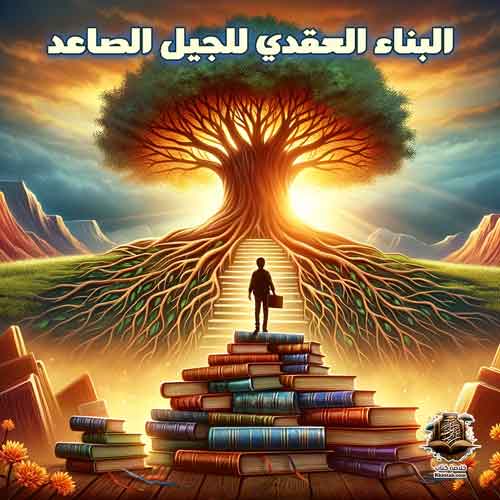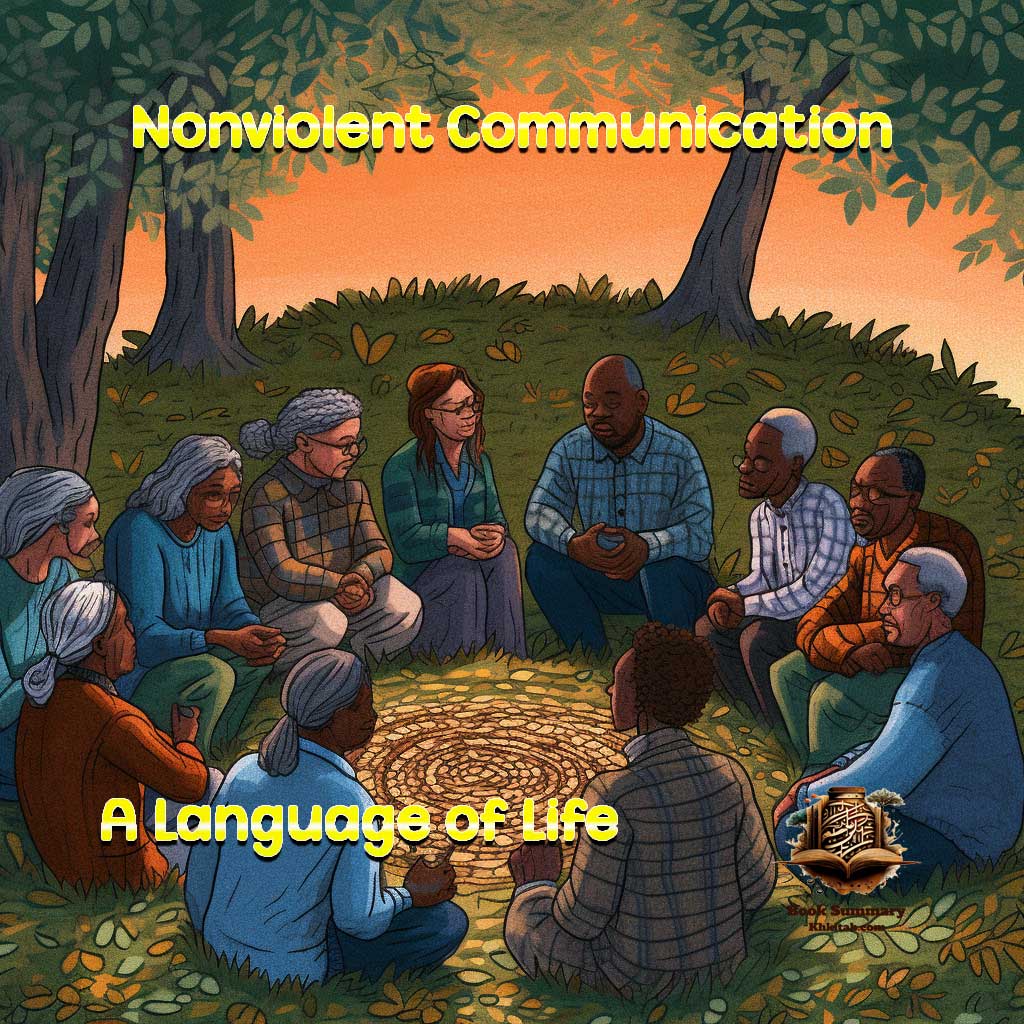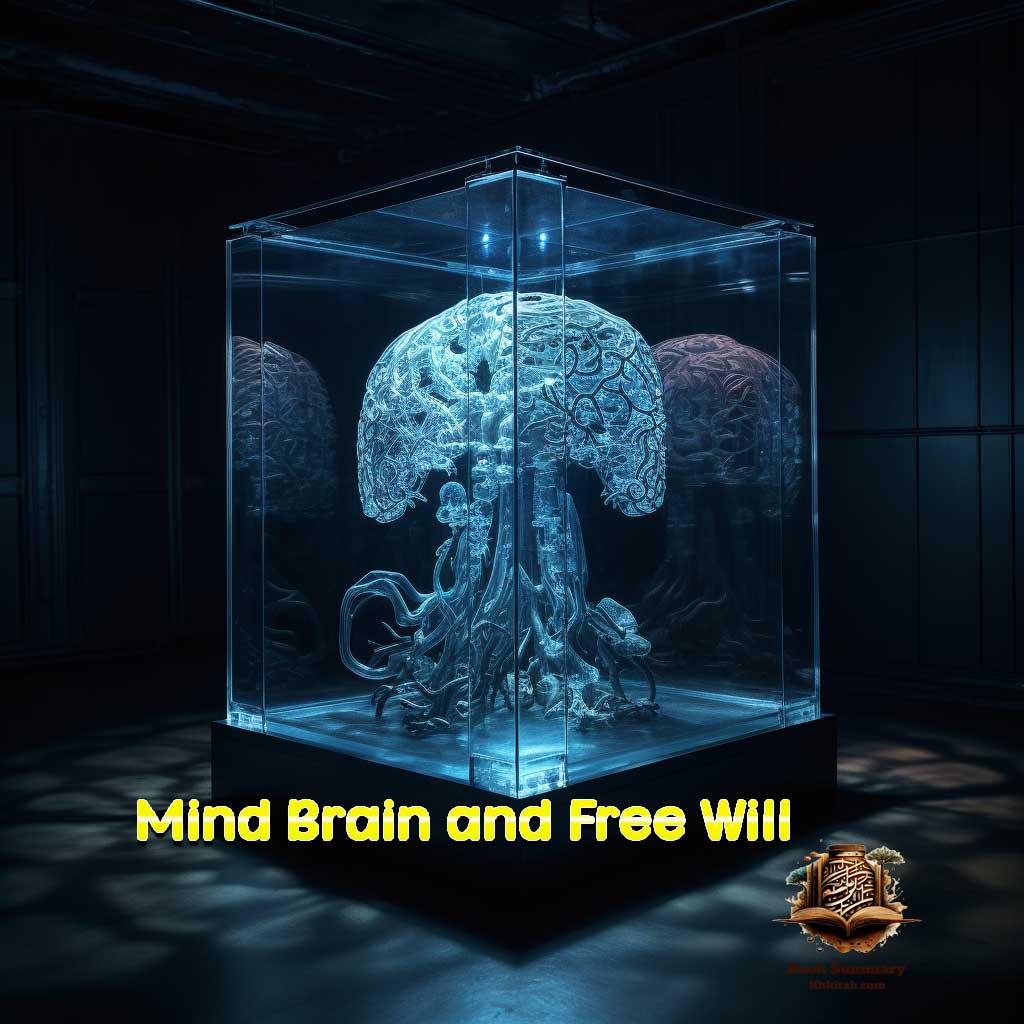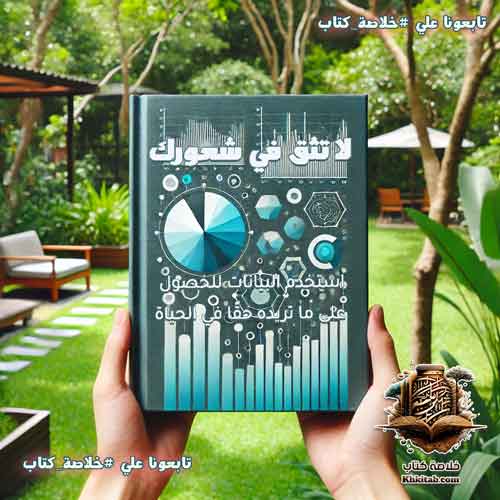
In today’s age, where superficial relationships and fleeting emotions dominate many of our daily interactions, the book “The Art of Loving” offers a breath of depth and introspection. The renowned psychoanalyst Erich Fromm, through this magnificent work, dissects the concept of love. He doesn’t perceive love as merely a sentiment that befalls us; instead, he regards it as an art that can be learned and refined. Fromm embarks on exploring the foundations of our human relationships, providing us with tools to deepen our understanding and practice of love in all facets of our lives. Throughout its pages, there’s a sincere call to reassess how we perceive and live out love in a complex world.
جدول المحتويات
Table of Contents
How Does “The Art of Loving” Redefine Our Understanding of Love?
In Erich Fromm’s groundbreaking work, “The Art of Loving,” readers are introduced to a fresh perspective on the intricacies of love. Delving deep into this universally celebrated emotion, Fromm reshapes the common perception of love, advocating for its understanding beyond a mere sentiment.
Central to Fromm’s exploration is the Nature of Love. Challenging prevailing notions, he suggests that love isn’t just an ephemeral feeling experienced in fleeting moments. Instead, it’s an active skill that requires cultivation, much like mastering an instrument or perfecting a craft. By likening love to an art, Fromm underscores the significance of deliberate effort, practice, and understanding in nurturing genuine love. This transformative approach prompts readers to reconsider their relationships and their roles within them.
In today’s fast-paced world, where relationships often hover on the surface and are guided by fleeting passions, Fromm’s insight is even more relevant. He nudges us to see love not as a passive emotion that simply “happens” to us, but as an active endeavor that demands our attention, intention, and dedication.
This seminal book serves as an essential guide for anyone looking to grasp the true essence of love, urging them to move beyond the confines of popular culture’s portrayal and to engage deeply with the art of genuinely loving another. So, when pondering the depths of human connection and intimacy, one might ask: “Have we truly understood the art and skill behind loving another?” With Fromm’s guidance, we might just find the answer.
What are the Diverse Forms of Love Explored in “The Art of Loving”?
In the realm of human emotions, love is perhaps the most celebrated, the most sought after, and yet, often the most misunderstood. Erich Fromm’s influential book “The Art of Loving” delves deep into the labyrinth of love, shedding light on its myriad forms and intricacies. This piece not only broadens our perspective on love but also offers a comprehensive guide for those embarking on their own journeys of emotional exploration.
A standout feature of Fromm’s analysis is his categorization of Types of Love. He astutely breaks down love into distinct forms, each with its own dynamics, challenges, and rewards:
Brotherly Love: Rooted in equality, this form of love embodies the affection and connection we feel with our peers. It is the love of friendship, understanding, and mutual respect.
Motherly Love: A pure manifestation of unconditional care and nurturing. This love speaks volumes about the selfless devotion and sacrifice inherent in a mother’s affection for her child.
Erotic Love: Beyond physical attraction, this encapsulates the emotional and intimate bond between romantic partners. It’s the passion, intimacy, and deep connection that two individuals share.
Self-Love: Far from narcissism, self-love emphasizes the importance of understanding, appreciating, and caring for oneself. Recognizing one’s worth and embracing self-growth are at its core.
Love for God: A profound, spiritual love, it relates to the reverence and devotion one feels towards a higher power or divine entity.
Understanding these classifications enables us to recognize the depth and breadth of love in our lives. It serves as a testament to the fact that love is not monolithic but a spectrum of emotions and connections that weave the fabric of our human experience. Through “The Art of Loving,” Fromm invites readers to reflect upon their own relationships, urging them to nurture and celebrate each form of love they encounter.
Our Facebook Page – Book Summary
How Does “The Art of Loving” Define the Essence of Brotherly Love?
In the intricate tapestry of human emotions, Erich Fromm’s “The Art of Loving” occupies a distinguished position, meticulously unpacking the multifaceted nature of love. While love has many shades and dimensions, the concept of Brotherly Love emerges as a cornerstone in Fromm’s enlightening narrative. But what sets Brotherly Love apart in the grand spectrum of affection?
Brotherly Love is often described as the affection among equals. It transcends the mere ties of blood or familial bonds. Instead, it encapsulates the genuine feelings of friendship, understanding, and mutual respect that individuals share with one another, regardless of their backgrounds or differences. At its core, Brotherly Love is about the deep-rooted connection that people forge based on shared experiences, values, and interests.
In today’s fragmented world, where individualism often takes precedence over collective well-being, the idea of Brotherly Love stands as a beacon of hope. It reminds us of the importance of community, camaraderie, and the inherent human need for companionship and belonging. The essence of this form of love lies in its ability to bridge gaps, foster unity, and cultivate an environment of mutual trust and empathy.
In conclusion, Erich Fromm’s exploration in “The Art of Loving” offers profound insights into the nature of Brotherly Love. It isn’t merely about shared bloodlines or familial ties; it’s a celebration of shared human experiences, understanding, and the genuine affection that binds individuals together in the tapestry of life.
Emotional and marital relationships – Book Summary (khkitab.com)








